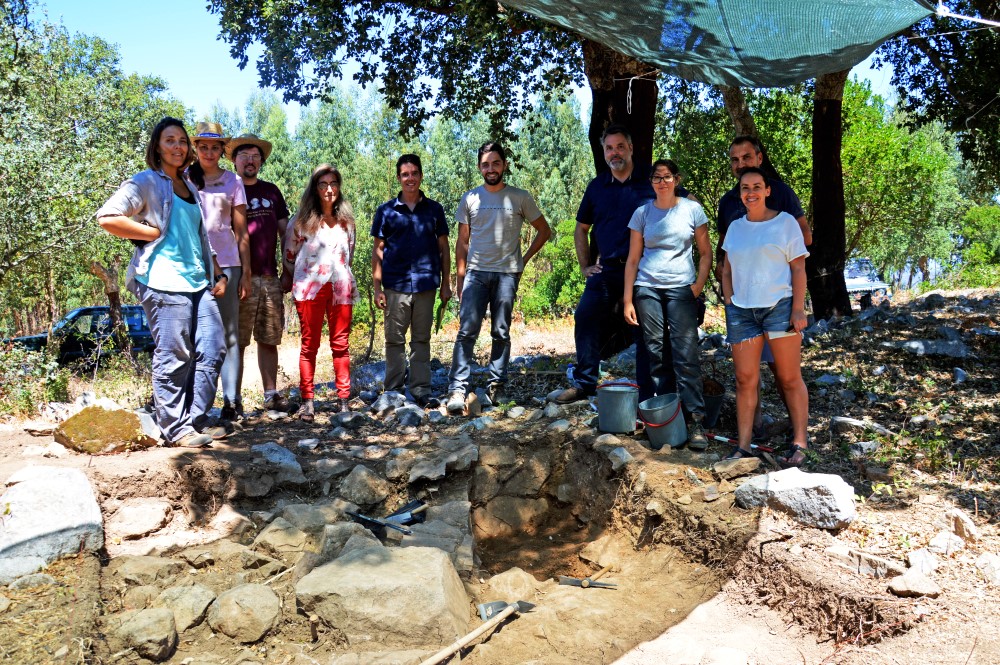 Who among the readers knows the Castle of Alferce, put your finger in the air! Few will do so, because the small fortification, classified as a Site of Public Interest in 2013, is one of the most unknown in the Algarve.
Who among the readers knows the Castle of Alferce, put your finger in the air! Few will do so, because the small fortification, classified as a Site of Public Interest in 2013, is one of the most unknown in the Algarve.
To reverse this situation, Fábio Capela, the young archaeologist from the Monchique City Council, accompanied by five other colleagues, dedicated himself, over the course of about two weeks, to excavating the site to «evaluate the potential of two areas that never before” had been studied.
Castelo de Alferce is a town with origins in the Bronze Age, or perhaps older, from the Chalcolithic (3rd and 2nd millennium BC, that is, between 5000 and 4000 years ago), which was later occupied in the Islamic period, between the XNUMXth and XNUMXth centuries (Emiral period), perhaps functioning as hisn (small fortified village), probably supporting the Castle of Silves.
What remains of the fortification, located on a hill with an immense view over Picota, the river basin of Ribeira de Odelouca, the roads between Silves and Monchique, and the coast, are sections of the walls, the base of turrets and an old cistern.
But don't expect great monumentality, because the prepared stone that the ancients used to build the walls was, over the centuries, taken by the population to their own constructions.
And today, only the regular work of the Municipality of Monchique, the Parish Council of Alferce and the owners of the land where the archaeological site is located is allowing the vegetation not to cover the millenary stones again.
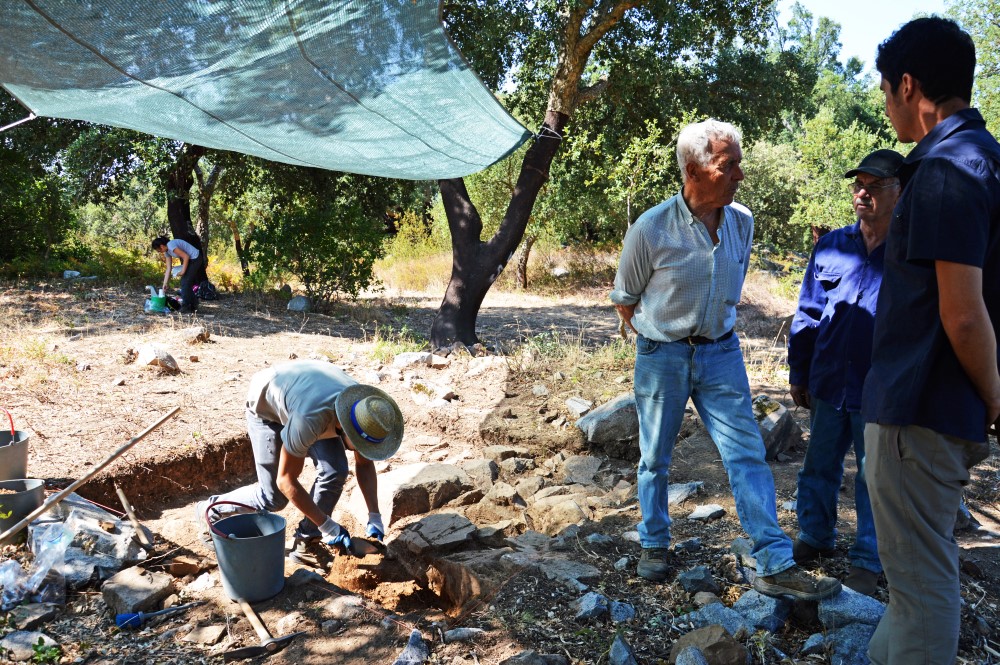
The land where the Castle of Alferce is located and the vast area of 2,5 hectares around it, classified as a surrounding area for the protection of the monument, are private property. And if there are owners who are not interested in archaeological excavations, others, like Messrs. Diamantino and Helder, are following the investigators' work with interest. Senhor Diamantino, despite his advanced age, even dedicated himself, brush in hand, to clearing the inner platform of the castle, freeing it from brambles and other plants.
In order to be able to do their work, the archaeologists have opened soundings in two areas: one in the second walled enclosure, to verify how extensive they are and how they are implanted in the land.
Another probe was opened on a platform outside these walls, where there are older, prehistoric remains, probably from the Chalcolithic or Bronze Age.
Just recently, in that area, during an action open to the population, one of the people who participated in the initiative found, in the ground, “a stone with some holes in it”. A first assessment states that it is an "idol", with a "rectangular-trapezoidal". A vestige that, according to the archaeologist Fábio Capela, can be attributed to the Copper Age (or Chalcolithic), which makes “the occupation of this site go back by about a thousand years”.
This time, the archaeologists weren't so lucky and what they collected at the prehistoric site was, above all, many coarser pottery fragments (proper from that time), as well as “a lot of pebbles from the river, brought here”.
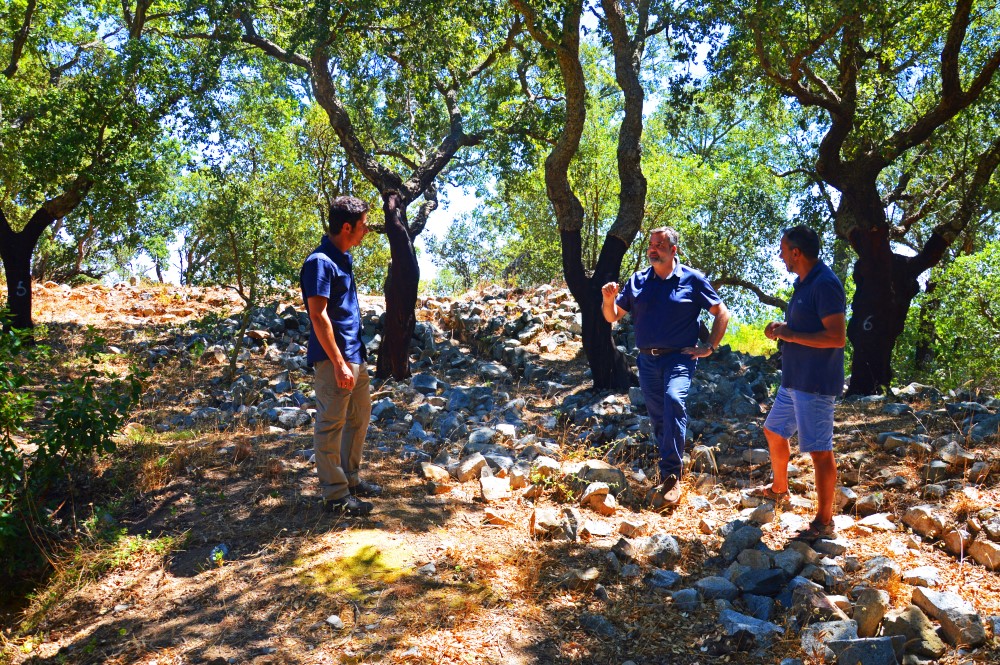
João Pedro Bernardes, archaeologist and professor at the University of Algarve, who visited the archaeological works on the same day as the Sul Informação, stressed the importance of “knowing what existed before the Islamic occupation” of this place in the Serra de Monchique. According to the sources, “this is an Islamic archaeological site, but there is an earlier occupation, much earlier. This platform could be the occupation of the prehistoric fort," he said.
The UAlg archaeologist underlined the importance of continuing to investigate this area of the archaeosite, recalling that “in the Algarve, what is known about the Bronze Age is very little. Of villages, as here seems to have existed, there is very little information».
Further up, in the survey along the walls, there were also many fragments of pottery from better-worked pastes, a wing, fragments of an Islamic lamp of finer and lighter ceramic paste, the bottom of a ceramic vessel, broken, but with several present pieces. And a shard of glass, probably from some small container.
They are pieces of daily life for over a thousand years, from an «beginning of the Islamic period that is very little known in the Algarve», explained João Pedro Bernardes. "The Almoravid and Almohad occupation that followed ended up erasing the record of those earlier Islamic epochs." But these traces remain here, in the small Alferce Castle.
But the intervention also gave rise to a first surprise: instead of having the shape of a square, the walled enclosure has a pentagonal shape...in addition, connected to this pentagon-shaped enclosure, there may be another one, with an identical shape , but with the opposite disposition, as if it were a mirror image.
João Pedro Bernardes suggested that it is a fortification with "Oriental influences", due to its pentagonal shape.
The most enthusiastic about this discovery was the mayor of Monchique, who followed the work closely. Graduated in Arts, with a postgraduate degree in History and Heritage, Rui André followed João Pedro Bernardes' explanations with great attention and expressed the hope that future archeological campaigns could uncover more pages of the history of Alferce Castle.
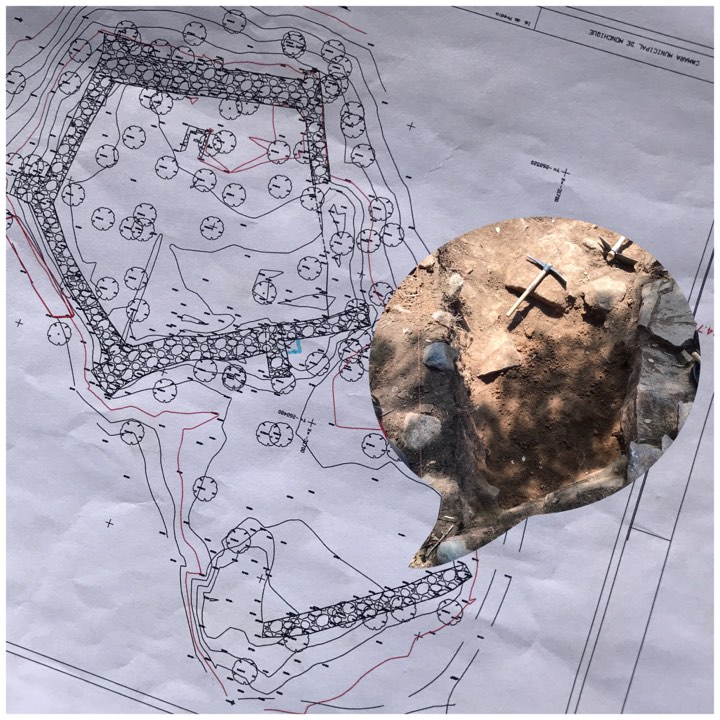
Because, expressing a "passionate for heritage", such that it was on his initiative that the Municipality of Monchique hired an archaeologist, Rui André wants this short campaign to serve to "evaluate now to prepare the project for next year ».
The objective, said the mayor to the Sul Informação, is “in the future to consolidate the structures and enhance, even touristically” the small Alferce Castle. It is a «classified site and that, after duly studied, will become a mandatory visit», due to the importance that this fortification had «in the regional context, in its relationship with Silves and with the Ribat da Arrifana».
Rui André recalls that the municipality made an "agreement with the owners", which "allows the archaeological intervention to be carried out" on their land. “There are some more interested than others. But here Mr. Diamantino is very interested in this being valued, he has already told me this several times. And he is the owner of the hill where the castle stands».
The mayor of Monchique admits that the area classified, preventively, in 2014, with a total of 2,5 hectares, "is very large". "With the study underway, there are areas that could be disaffected," he added.
The future development of this archaeosite that not even the Algarve knows about, in addition to the Monchique Town Hall and the Alferce Parish Council, will also have the partnership of the Regional Directorate of Culture and the University of Algarve, which are already involved in the process.
One of the first measures that Rui André intends to take is the installation of «an information panel to help visitors to better understand this site». But his plans go through other investments: «in addition to the study, which will still be able to unravel a lot, it should, at the same time, be a process of consolidation, so that those who come to visit here can understand the walls and then imagine how this was a thousand years ago».
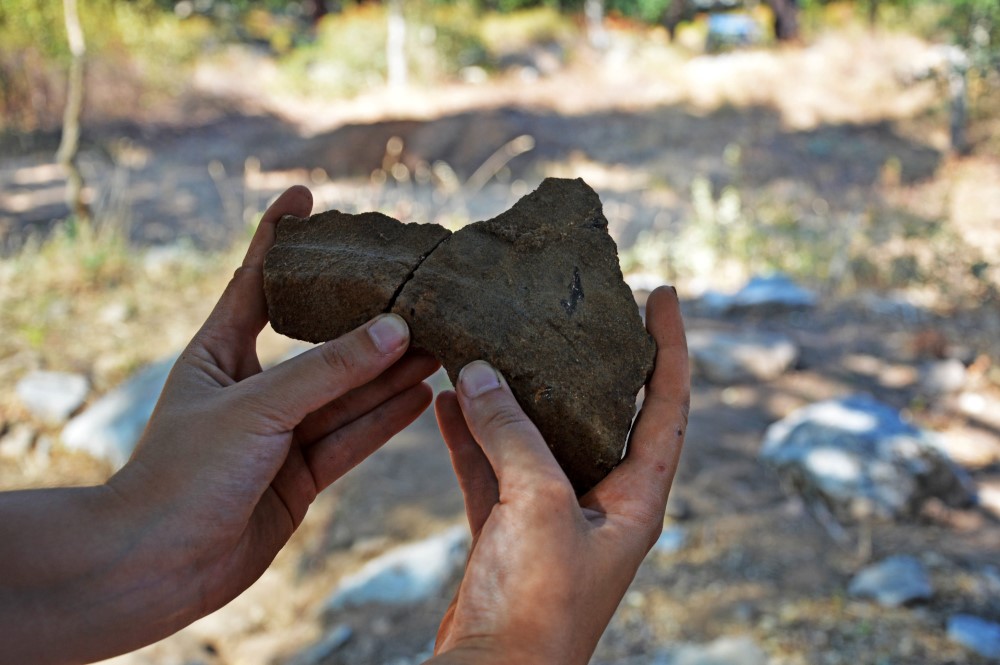
And, according to a protocol that the Chamber signed in February of last year with the University of the Algarve, an Interpretative Center will also be created in the village of Alferce, from which tours will start to visit that archaeological site.
"Alferce is a parish that does not yet have great attractions for tourists, but the appreciation of its heritage will be a factor of greater attraction and may also constitute another appreciation, whether from a tourist, economic and social point of view," explained the President of the Chamber.
While these projects to enhance the archaeological site do not progress to the ground, the group of young archaeologists – and a geographer – set out to remove the land, with a thousand care, from the squares with two meters on each side of the two drillings. Even with the sun tightening, their routine, for almost two weeks, was to dig in the morning, between 8:00 am and lunchtime, to devote themselves in the afternoon, to the cleaning and inventory of materials in the warehouse that served them. exhumed.
The team included the participation of archaeologist Andreia Campoa, who used her days off to help a friend, Fábio Capela: «it's a pleasure to help a friend», he said. The team also included Ricardo Rato, who is even a geographer at the Monchique Chamber, but offered to work hard on the excavations, as well as Ana Santos, Humberto and Patrícia.
The last day, 26th of August, was open to the population and there were guided tours and many explanations about the mysteries of Castelo de Alferce. Now, it remains to be hoped that the investigation will continue and the project to value the archaeosite will get off the ground.
Photos: Elisabete Rodrigues|Sul Informação
Note 1: corrected on September 5th, at 22:10 pm, changing the references to the “idol” found.
Note 2: The team was coordinated by archaeologist Fábio Capela, either on the ground or in his office, or with regard to the bureaucracy for carrying out the intervention.
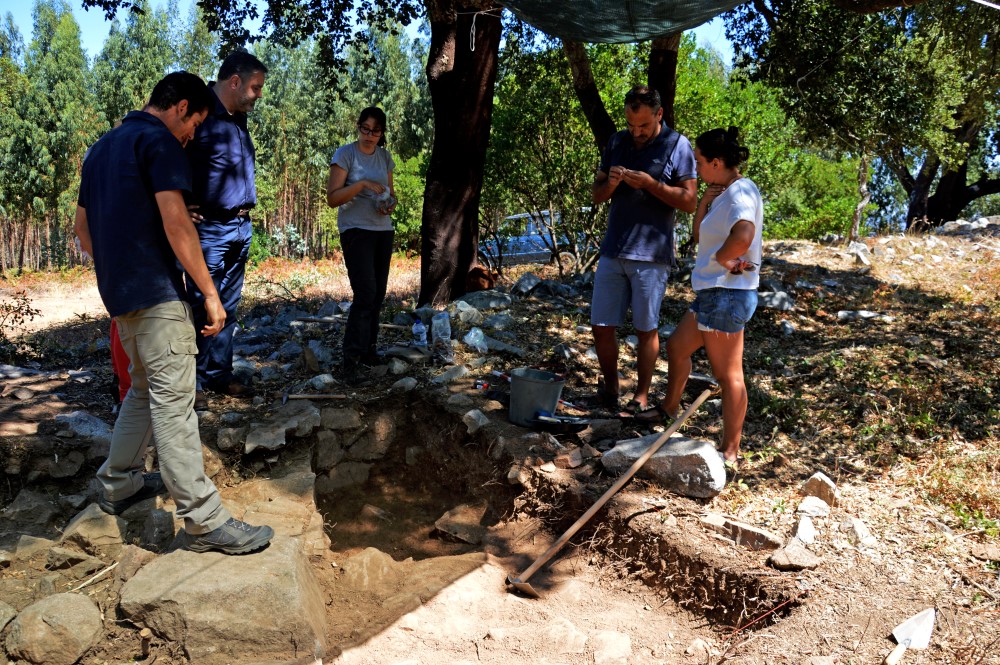
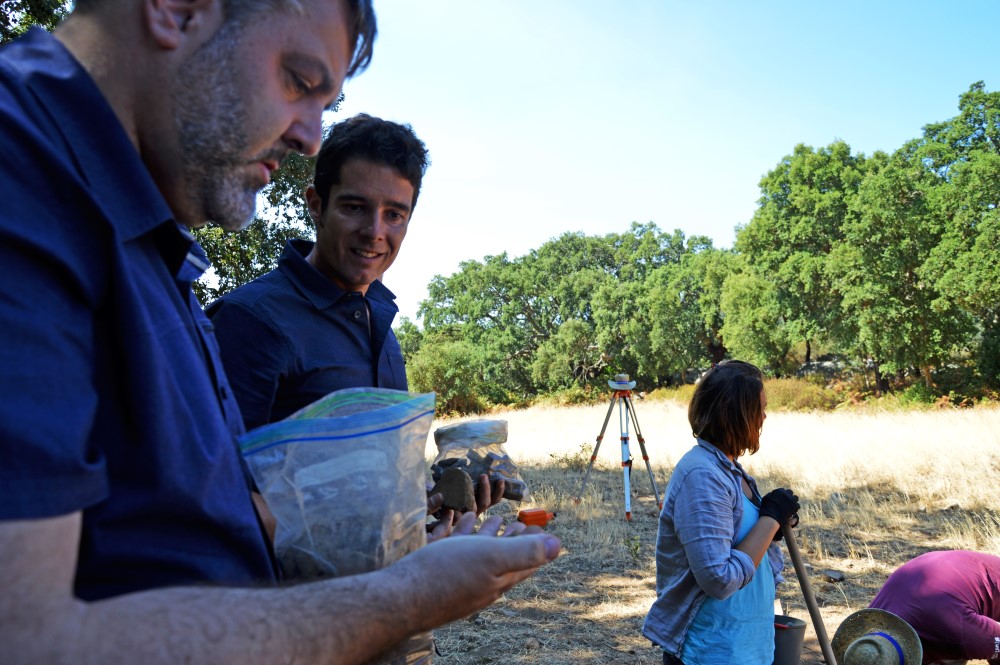
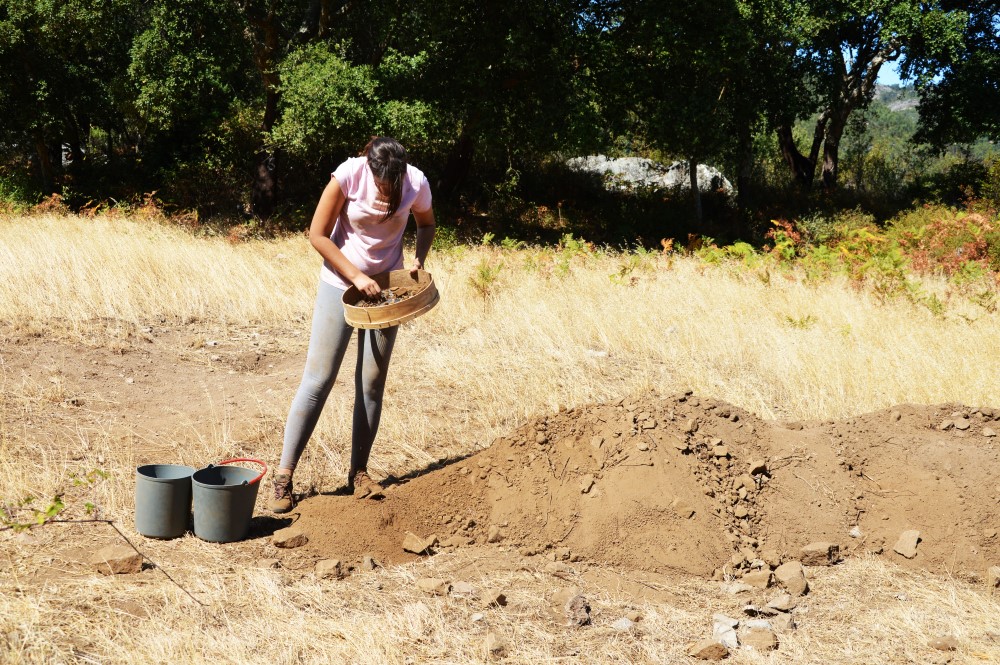
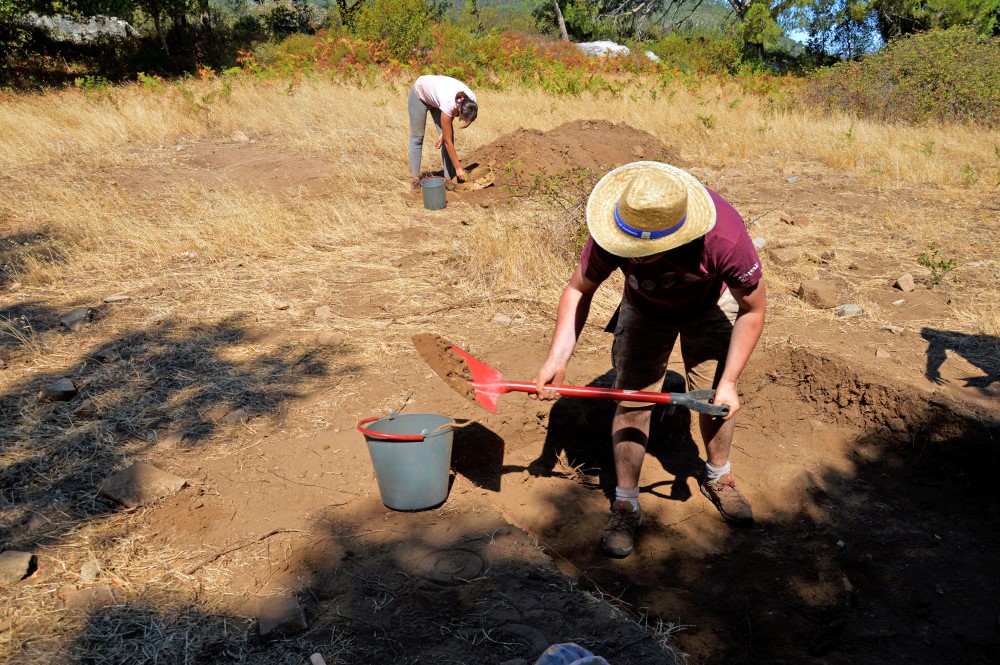
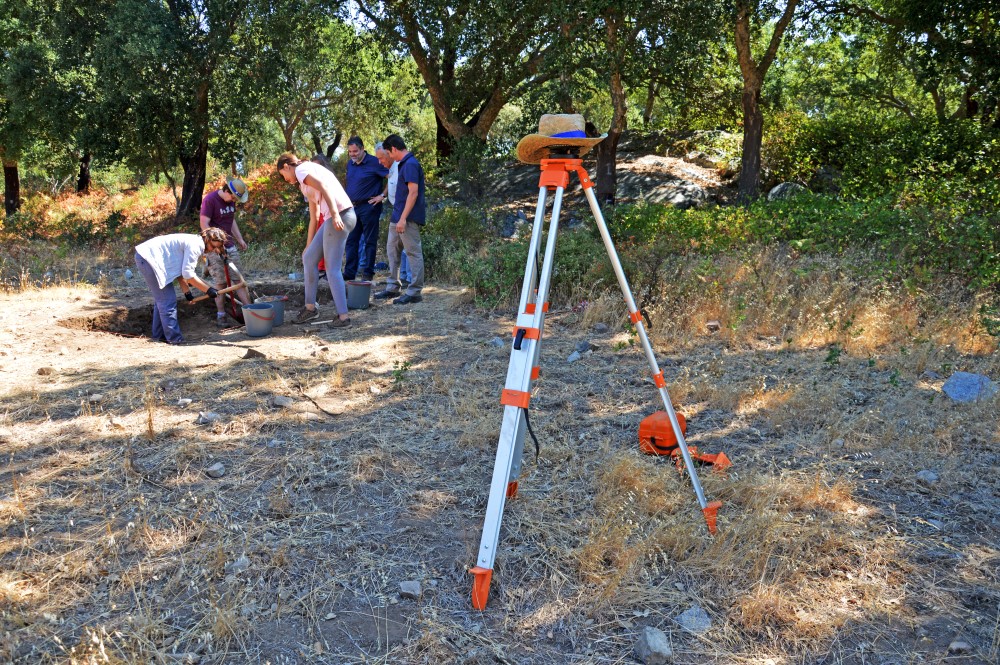
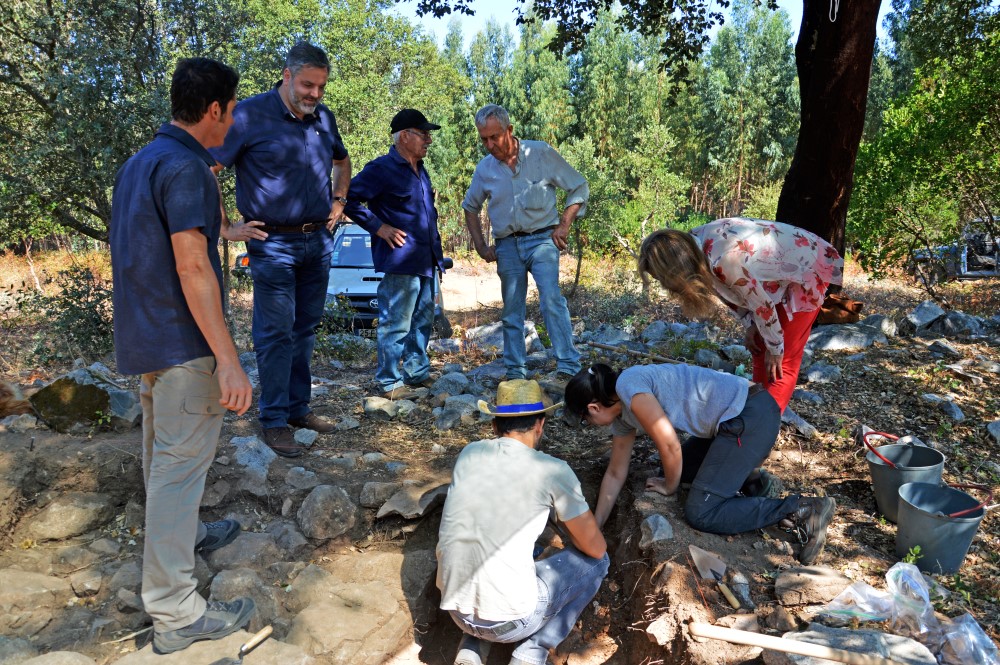
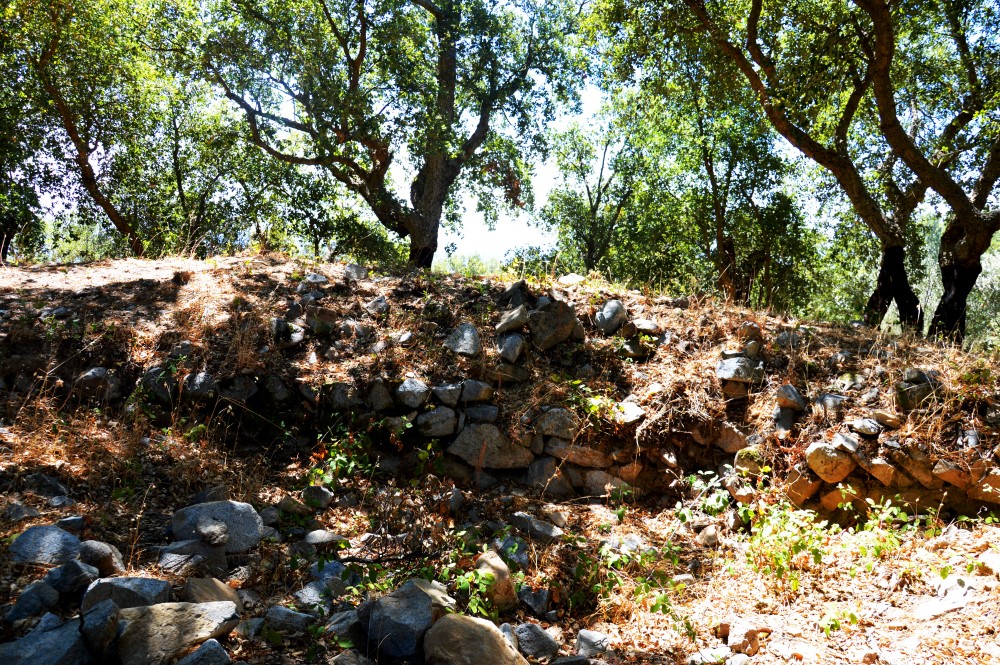
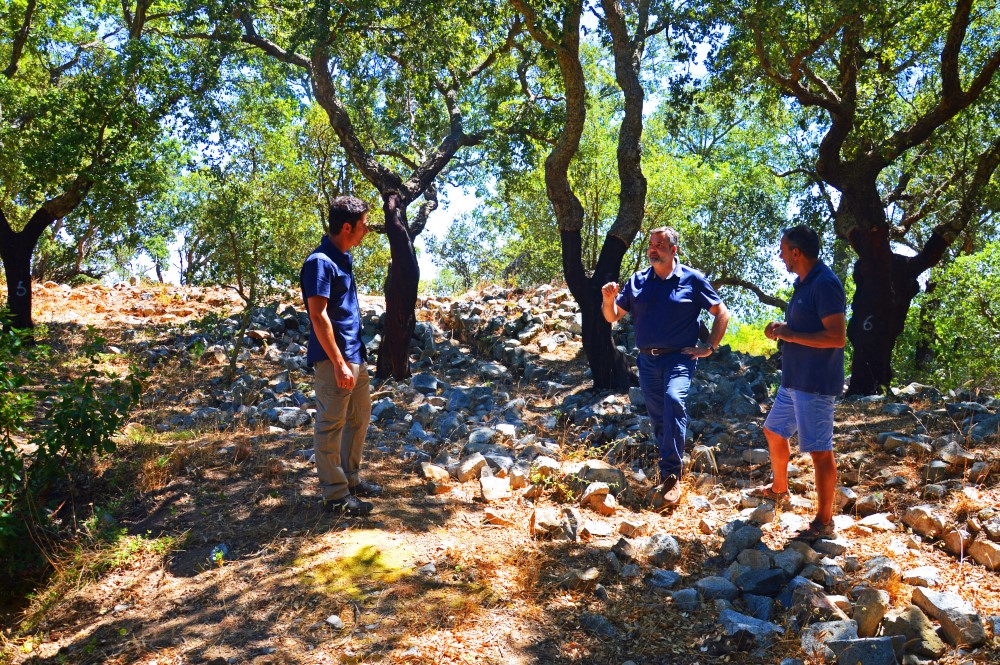
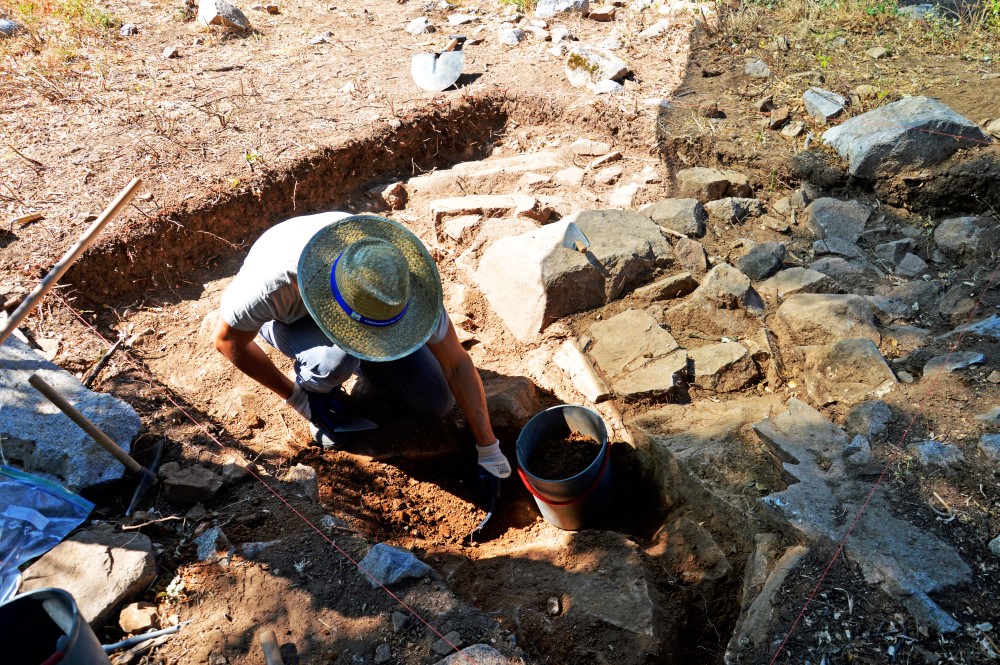
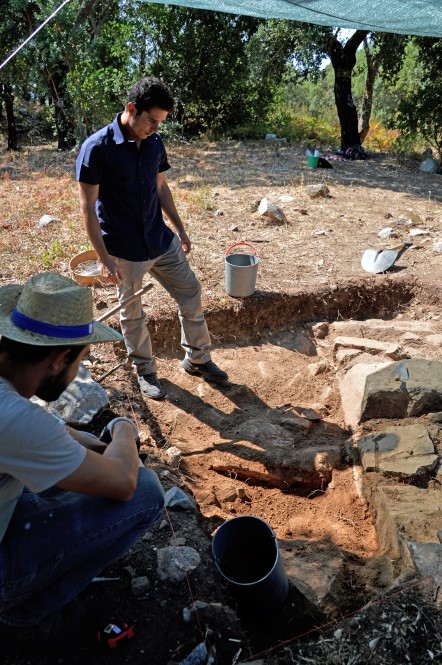
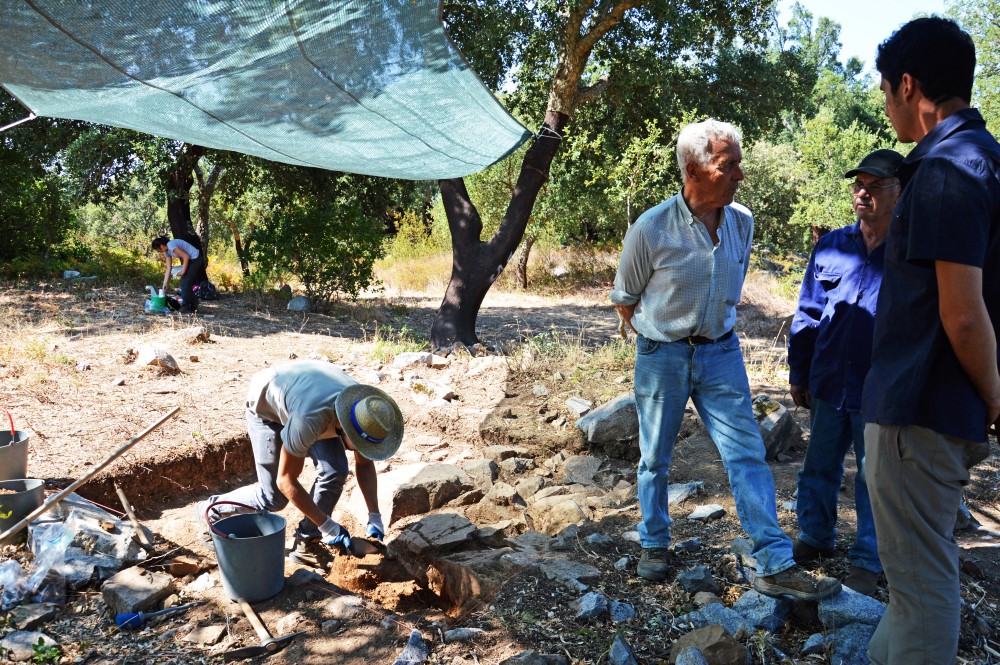
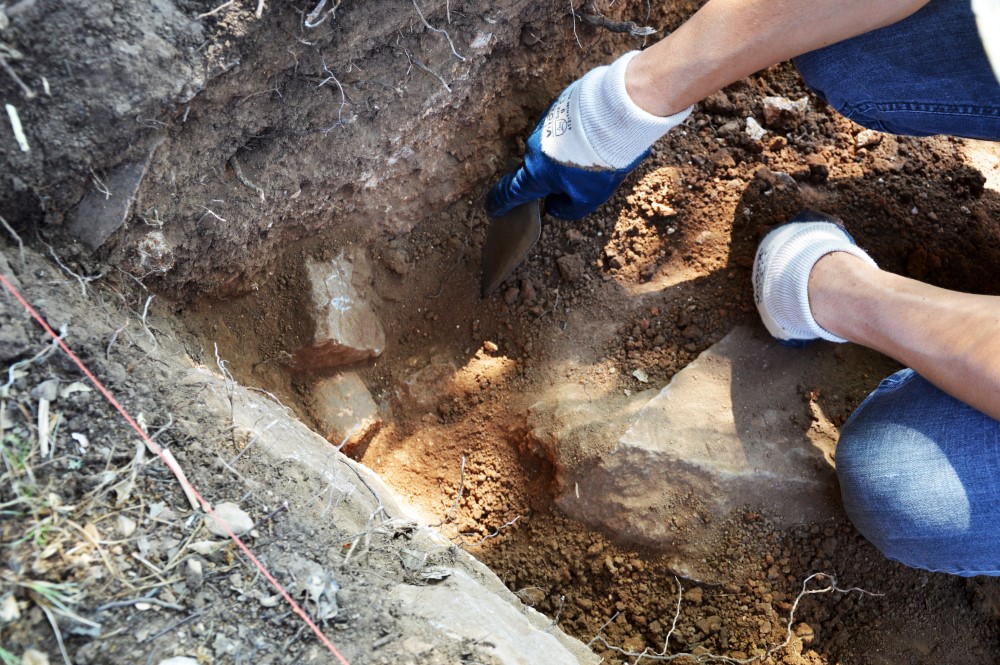
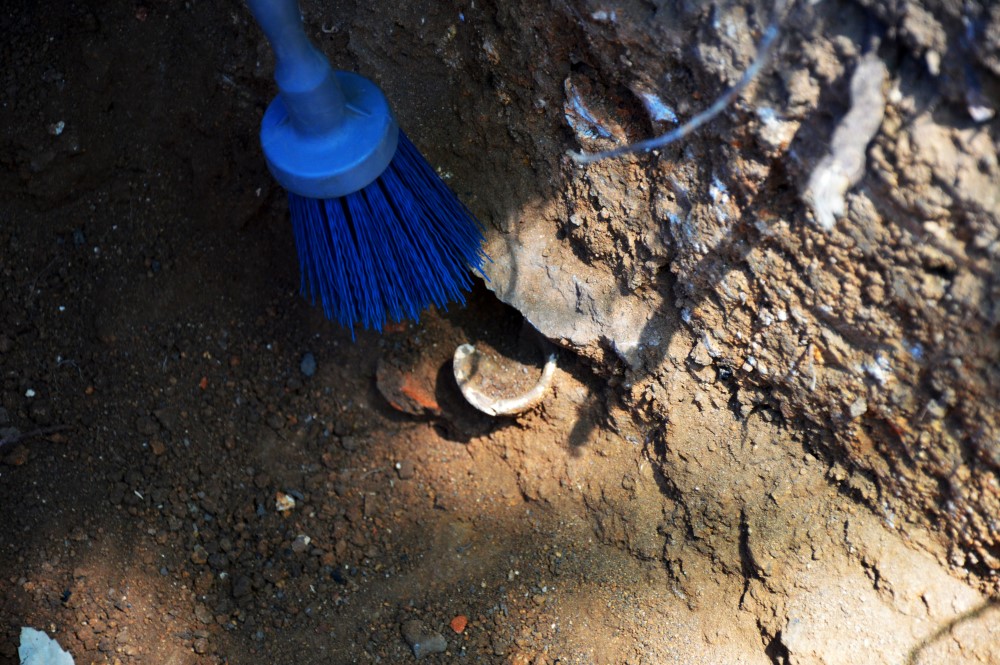
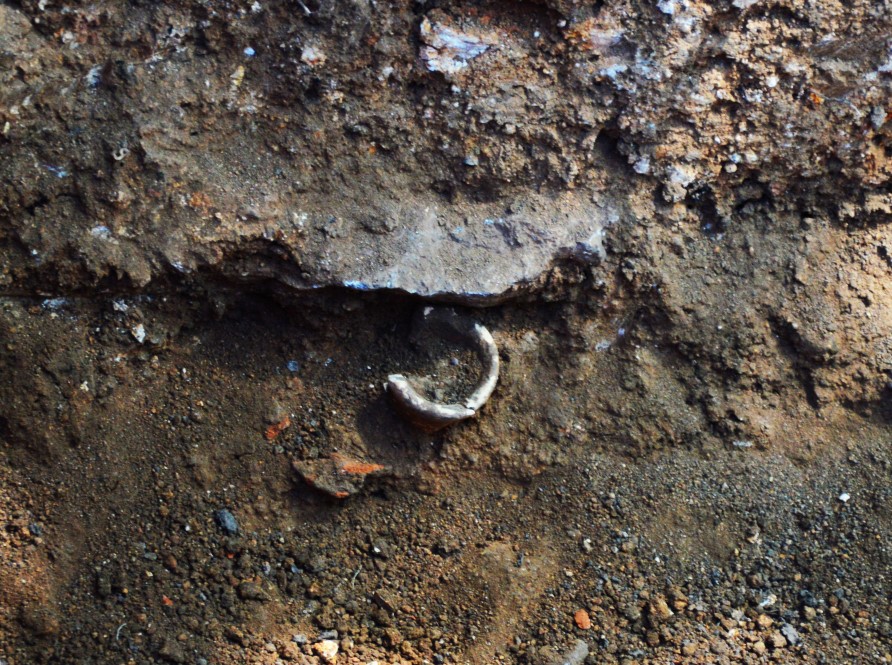
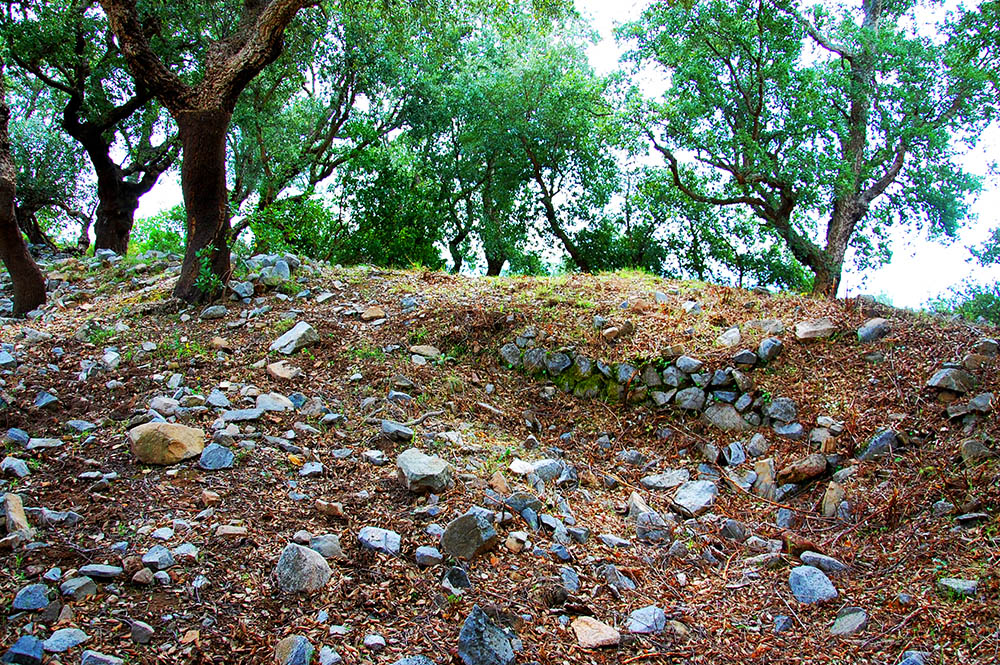
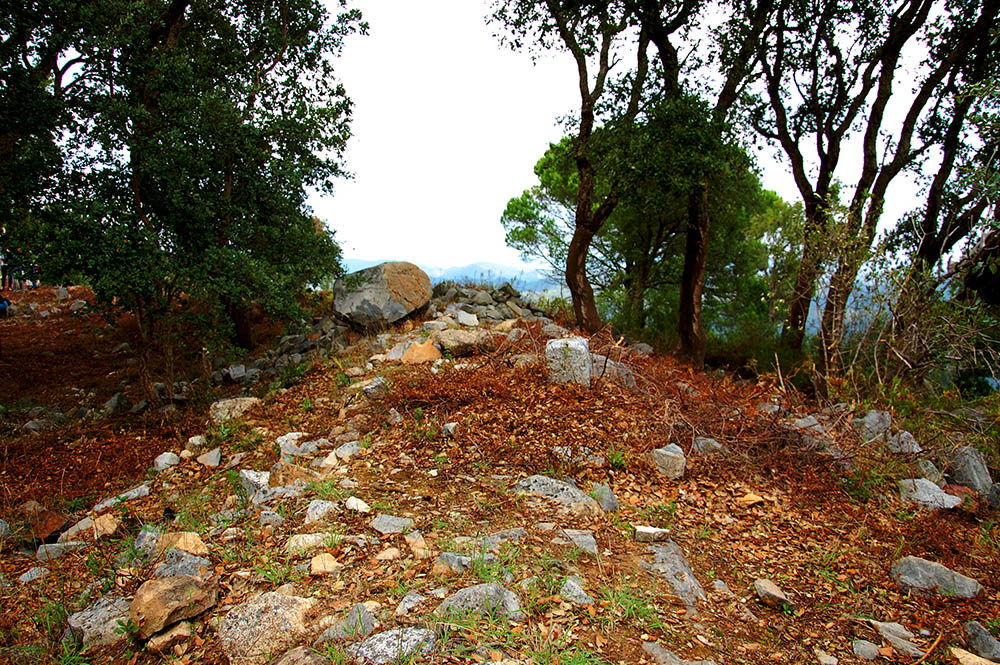
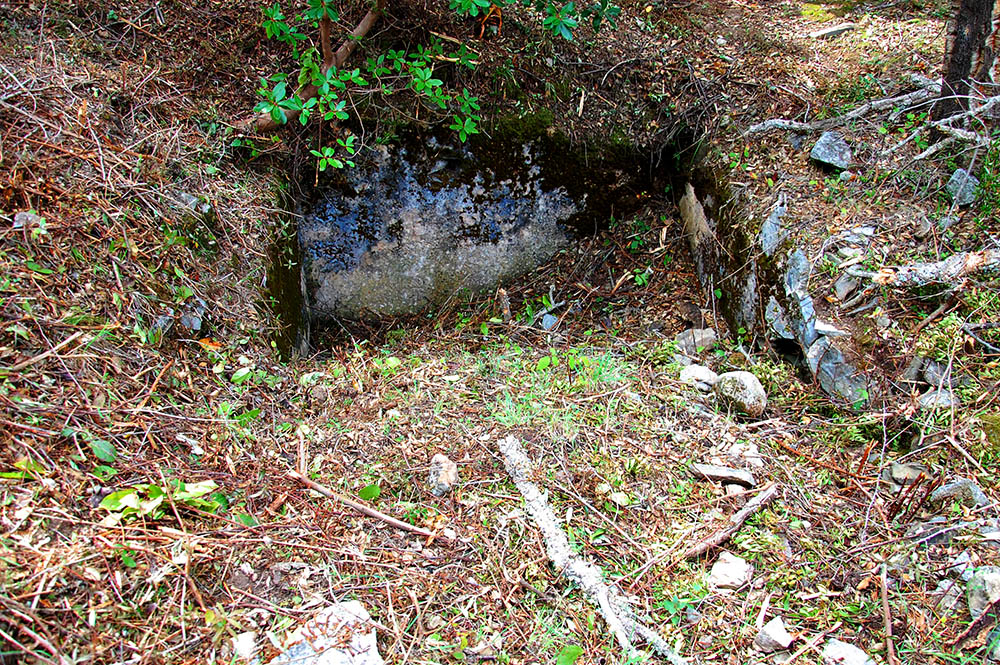
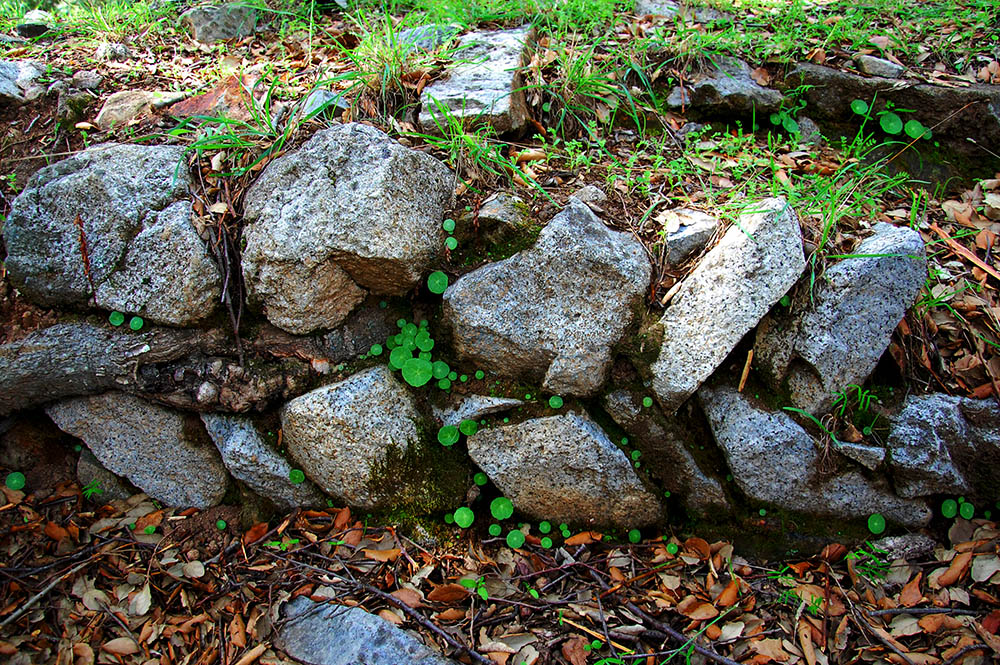
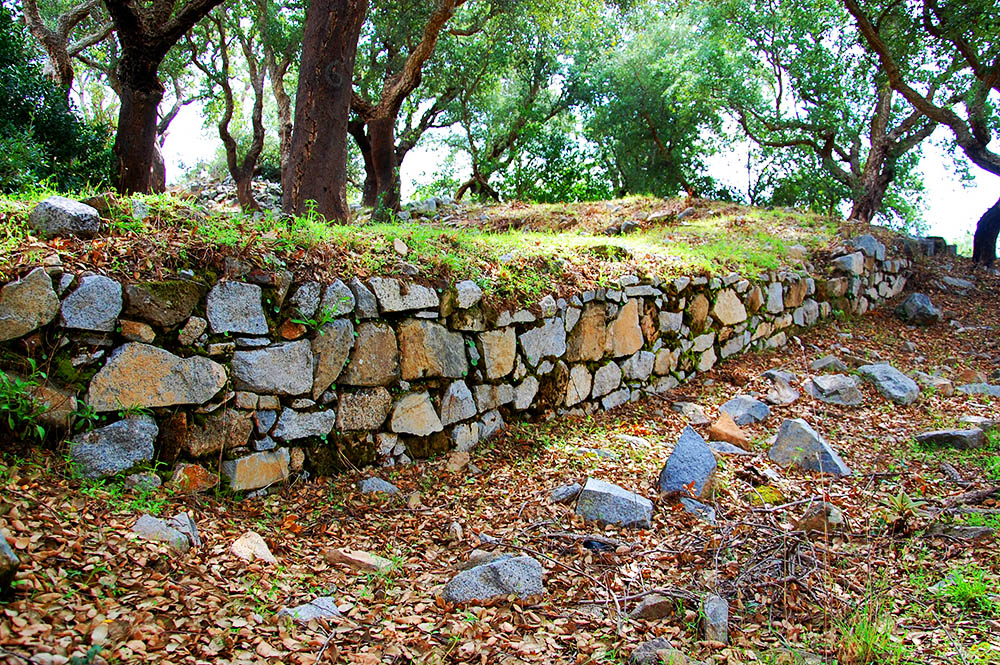
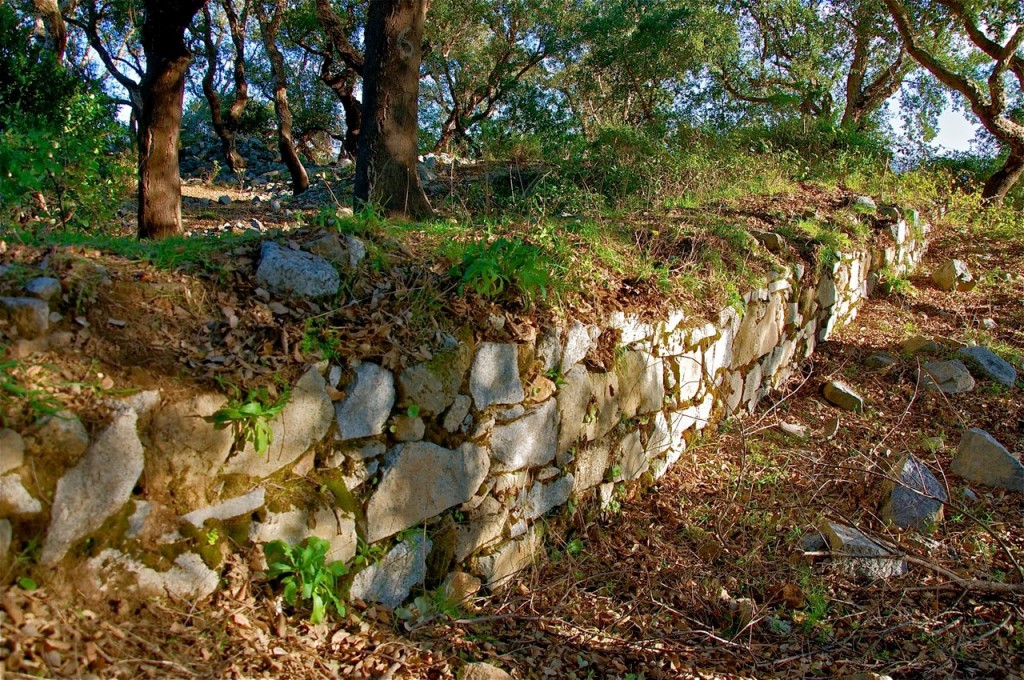


















Comments